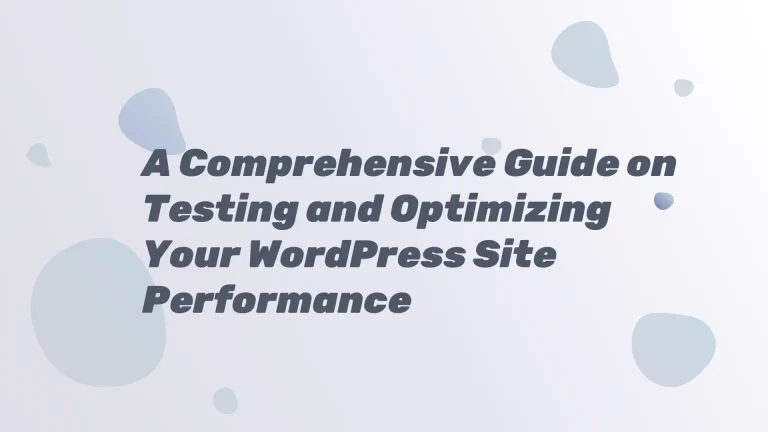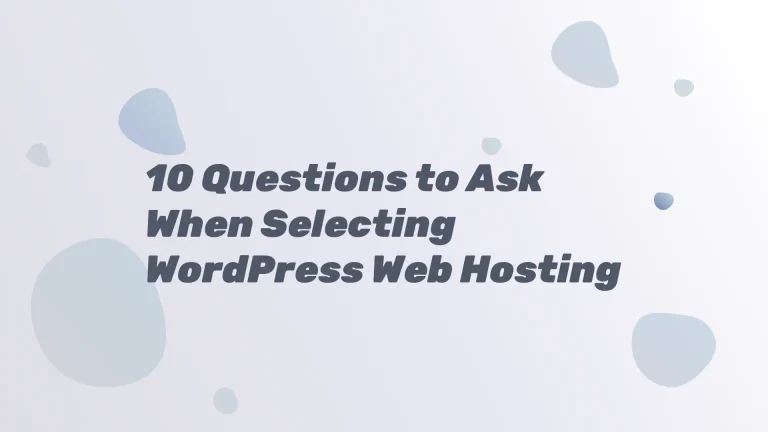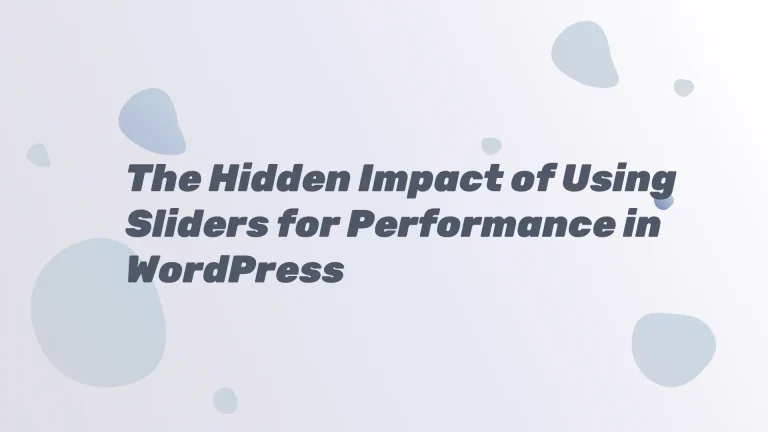Introduction:
In the dynamic world of WordPress, selecting the right page builder is crucial for creating visually stunning and functionally robust websites. Among the myriad options available, Divi and Oxygen Builder stand out as powerful contenders, each offering a unique set of features and capabilities. In this article, we’ll delve into the strengths and weaknesses of Divi and Oxygen Builder, helping you make an informed decision for your next web project.
Divi: The All-In-One Solution
Divi, developed by Elegant Themes, has gained immense popularity for its user-friendly interface and a plethora of pre-designed layouts. It operates on a drag-and-drop system, making it accessible for both beginners and experienced developers. Let’s explore some of Divi’s notable features:
Intuitive Interface:
Divi’s interface is known for its simplicity. Users can design pages easily by dragging and dropping elements, and its live editing feature allows you to see changes in real-time.
Pre-designed Templates:
Divi offers a vast library of pre-designed templates, saving time and effort in the design process. Whether you’re building a business website or an online portfolio, Divi provides a template suitable for your needs.
WYSIWYG Editing:
The What You See Is What You Get (WYSIWYG) editing feature ensures that your design on the backend mirrors the final output on the frontend. This streamlines the design process, eliminating the need for constant previewing.
Responsive Editing:
Divi excels in creating responsive designs, ensuring that your website looks flawless across various devices. This is crucial in the mobile-centric era, where user experience is paramount.
However, Divi does have its drawbacks. Some users find that the excessive use of shortcodes can make it challenging to switch to a different theme or page builder in the future. Additionally, while the customization options are extensive, advanced developers might feel limited compared to more developer-focused builders like Oxygen.
Oxygen Builder: Unleashing Development Power
Oxygen Builder takes a different approach by focusing on providing a robust development environment for seasoned developers. It doesn’t rely on shortcodes, aiming for cleaner code and improved performance. Let’s explore some key features of Oxygen Builder:
Code-Centric Design:
Oxygen Builder appeals to developers who prefer to write their own code. With Oxygen, you have complete control over the HTML, CSS, and JavaScript, allowing for highly customized and optimized websites.
No Shortcodes:
Unlike Divi, Oxygen Builder avoids the use of shortcodes. This results in cleaner code, making it easier to switch to a different theme or builder in the future without the risk of leaving behind a mess of shortcodes.
Dynamic Data and Custom Fields:
Oxygen Builder excels in handling dynamic data and integrating with custom fields. This makes it a powerful choice for websites requiring advanced functionality and dynamic content.
Performance Optimization:
Oxygen is designed with performance in mind. The absence of excessive code and shortcodes contributes to faster loading times, providing a better user experience and potentially improving SEO rankings.
However, Oxygen Builder might have a steeper learning curve for beginners, and its focus on the developer experience might mean a lack of the pre-designed templates and ease of use found in Divi.
Choosing the Right Builder for You:
Skill Level:
If you’re a beginner or prefer a user-friendly interface, Divi is an excellent choice. For developers who want complete control over the code, Oxygen Builder is the way to go.
Design Preferences:
Divi stands out with its extensive library of pre-designed templates, making it perfect for those who prioritize aesthetics and quick setups. Oxygen, on the other hand, is ideal for those who want to create unique, highly customized designs.
Future Flexibility:
Consider your long-term goals. If you anticipate the possibility of switching themes or page builders in the future, Oxygen’s cleaner code might make the transition smoother.
Conclusion:
In the Divi vs. Oxygen Builder showdown, the choice ultimately depends on your specific needs and preferences. Divi caters to a wide audience with its user-friendly interface and pre-designed templates, while Oxygen Builder appeals to developers seeking a clean code base and full control over customization. Regardless of your choice, both page builders have proven their worth in the competitive landscape of WordPress, empowering users to create stunning websites with ease.





